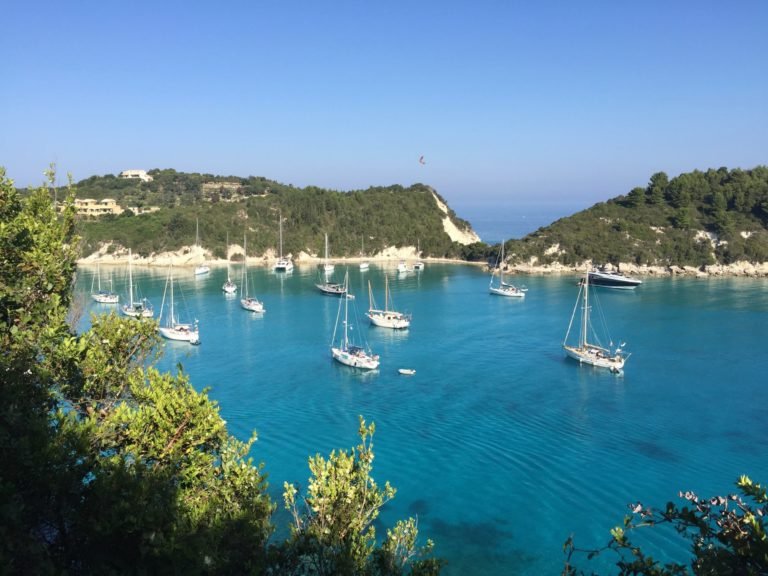A Short History of the Island of Meganisi
Meganisi, an island in the Ionian Sea of Greece, has a rich and multifaceted history that intertwines with the broader historical narratives of the region. Located just southeast of Lefkada, Meganisi is part of the Lefkada regional unit. The island, whose name translates to “big island,” covers an area of about 20 square kilometers and is characterized by its rugged coastline, charming villages, and serene bays.
Ancient and Classical Periods
The earliest known inhabitants of Meganisi were likely the Leleges and the Pelasgians, ancient tribes who lived in the region during prehistoric times. Archaeological evidence suggests that the island had settlements during the Mycenaean period, around 1600-1100 BCE. However, specific details about these early inhabitants are sparse.
During the Classical period, Meganisi fell under the influence of the city-state of Lefkada. The island’s strategic location in the Ionian Sea made it a point of interest for various powers throughout history. It is believed that the island was involved in the maritime activities of the ancient Greeks, particularly during the times of the Peloponnesian War (431-404 BCE), when naval power was crucial.
Roman and Byzantine Eras
With the rise of the Roman Empire, Meganisi, like many Greek islands, came under Roman control in the late 2nd century BCE. The island continued to be a quiet, somewhat isolated part of the empire, serving primarily as a stopover for ships and a place of modest agricultural production. After the division of the Roman Empire, Meganisi became part of the Eastern Roman (Byzantine) Empire. During this period, the island experienced relative stability, although it was occasionally threatened by pirate raids and external invasions.
Medieval and Venetian Periods
The medieval history of Meganisi is marked by the fluctuating control of various powers. After the fall of the Byzantine Empire in 1204, Meganisi became part of the Despotate of Epirus, a Byzantine successor state. The island later came under the control of the Venetian Republic in the 15th century. The Venetians fortified Meganisi and the surrounding Ionian islands to protect their maritime trade routes from Ottoman incursions.
Ottoman Era
In the late 15th century, the Ottoman Empire conquered Meganisi along with other Ionian islands. The island remained under Ottoman control for several centuries, during which it experienced limited development and maintained a relatively low population. Despite the Ottoman rule, the island retained a degree of autonomy and continued to practice its Greek Orthodox faith.
Modern History
Meganisi’s modern history began with its liberation from Ottoman rule during the early 19th century. In 1821, the Greek War of Independence erupted, leading to the eventual establishment of the modern Greek state. Meganisi, along with the other Ionian Islands, was not initially part of the newly formed Greece. Instead, the Ionian Islands were a British protectorate from 1815 until 1864, when they were ceded to Greece as part of a political agreement.
Contemporary Meganisi
Today, Meganisi is known for its picturesque landscapes, traditional villages, and tranquil atmosphere. The island has three main villages: Katomeri, Vathy, and Spartochori, each offering a glimpse into traditional Greek island life. Tourism plays a significant role in the island’s economy, with visitors drawn to its clear waters, scenic beaches, and charming architecture.
Despite its small size, Meganisi’s history reflects the broader historical currents of the Ionian Sea and Greece, marked by periods of foreign domination, cultural persistence, and gradual integration into the modern Greek state. The island remains a testament to the enduring allure and historical richness of the Greek islands.





